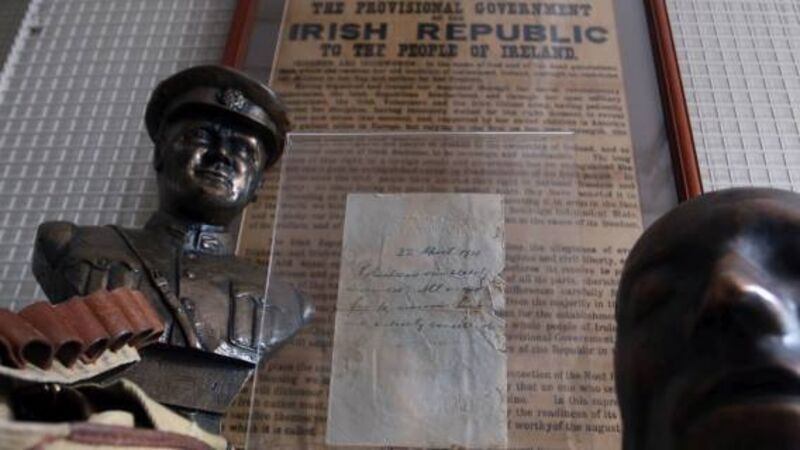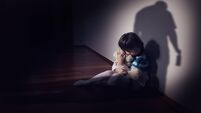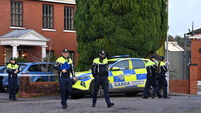Tens of thousands Irish Revolution-era items still held by families

Photos, medals, letters and other documents from the 1912-1922 period were among those that almost 1,000 teenagers said were held.
But history is far from popular, as more than half indicated they do not enjoy the subject at school. Most, however, knew basic information about the signatories of the 1916 Proclamation of the Irish Republic.
The students who said that memorabilia was kept by their families represented nearly one-in-four of the 4,199 who answered the Census at School 2016 questionnaire.
While photos were the most common items, mentioned by nearly 450 students, there were 365 whose relatives have newspapers or cuttings from the period.
These may be items that have been passed down through generations or are still held by grandparents or great-grandparents who lived through that time.
The other kind of memorabilia associated with the Irish Revolution were:
- Medals, held by families of 328 students;
- Handwritten documents and letters (220 students);
- Books (218 students);
- Stamps (162 students).
Nearly 100 participants in the survey referred to schoolwork held by their families from the period, and 26 had audio recordings relating to it.
With the focus on historic events in the Decade of Centenaries that began in 1913, many households are only beginning to learn about or research their ancestors’ experiences of of participation in World War I, the Easter Rising and the War of Independence. This may be helped by the production of photos, letters and other items from attics and old shoe-boxes for the first time in decades.
With the focus of the past year on 1916, Census at School participants were asked about their enjoyment of history, and their awareness of people and events associated with the Easter Rising.
The 4,199 students were predominantly junior cycle students, and nearly 3,100 said they study history. But over half of them — around 1,700 — did not enjoy the subject, including one-in-three who indicated a strong dislike of it.
However, another one-third of students indicated quite strong enjoyment of history, suggesting most teenagers have a love-hate relationship with it.
It is unknown when the survey was completed, but most students appear to have known basic information of the Easter Rising.
For example, 58% answered correctly the number of signatories of the Proclamation, read by Patrick Pearse outside the GPO. He was one of seven signatories, a figure best known by older students, who might have remembered it from history classes or absorbed more information from public discussion of the events of 1916.
Slightly fewer students knew that no women were among the Proclamation signatories. Just over half of first-years and second-years answered correctly, but between two-thirds and three-quarters of those in fifth and sixth year got it right.













